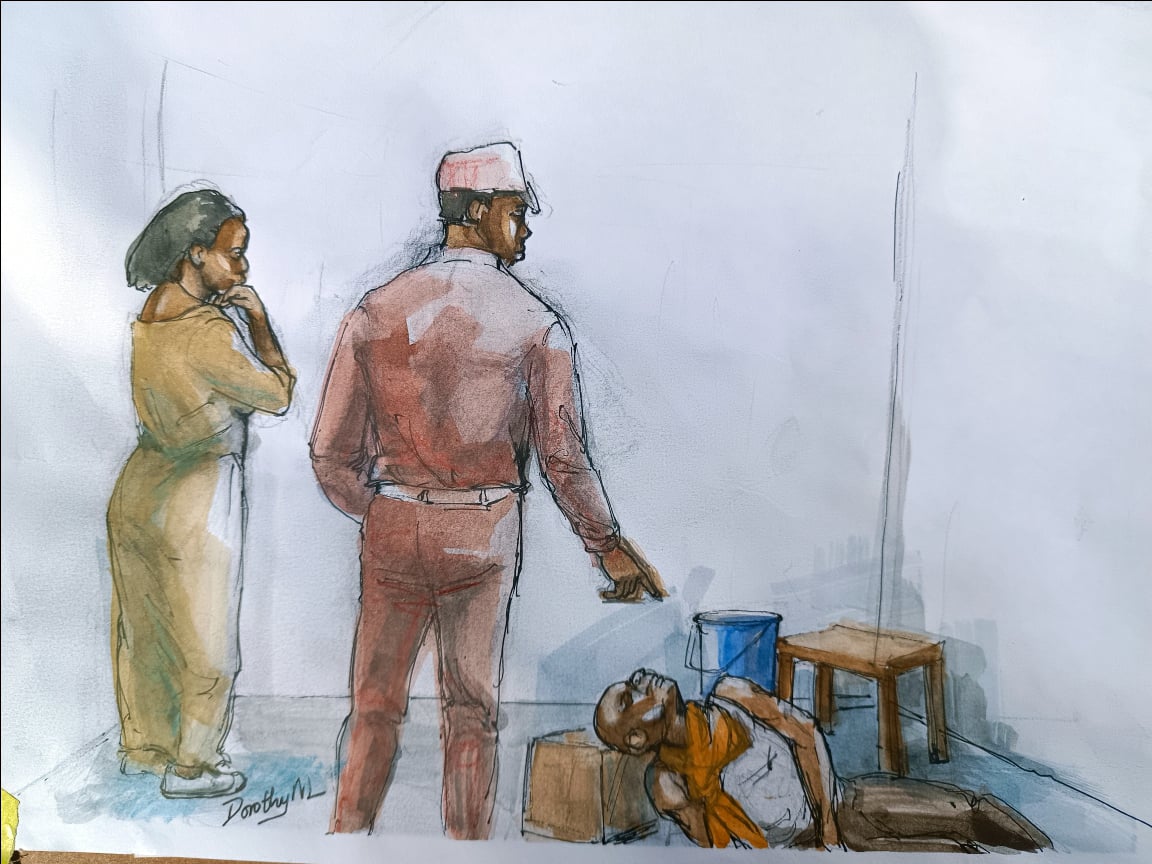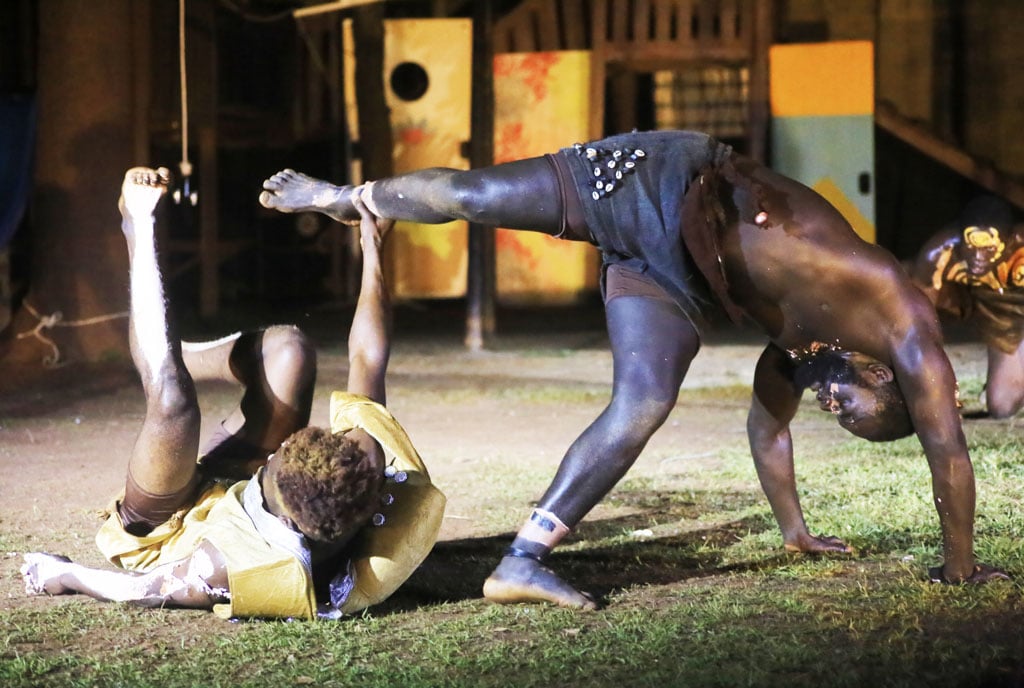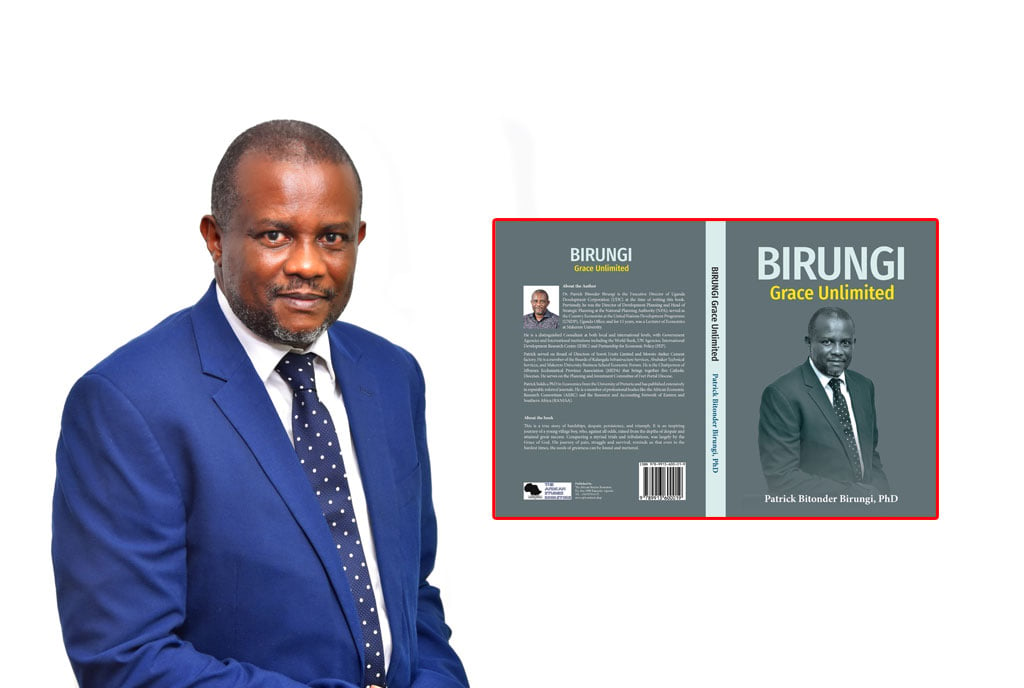
On a Friday, February, 2012, the bodies of a businessman and his gardener were found at the businessman’s home. The deaths must have taken place between 8am and 9am that morning. The businessman’s driver received a call at about 8am instructing him not to go to the businessman’s home but rather to wait for him at the construction site. Thereafter, the driver allegedly tried to call the businessman several times later that morning and when the phone was not answered, the driver decided to check on the businessman at home, only to stumble on two bodies.
The businessman’s body was found at about 12pm lying in a corridor separating the main house and the kitchen, hours after he had been killed. The gardener’s body was found in the same homestead a few metres from that of the businessman. The assailants must have used sharp-edged weapons such as machetes [pangas] to execute the gruesome act as both bodies bore deep cuts. There must have been some struggle, according to the police, as there were traces of blood away from the scene of crime.
The police were, however, unable to recover any weapons or objects that were used in the commission of the crime. The assailants ransacked the house and left all the doors and the main gate open. To the police, the killers must have been organised given the way they undertook the task and must have had thorough information about the home. It is thought that someone, planted at the deceased’s home purportedly to do some painting job, did surveillance for the killers.
The deceased had a score of businesses in town, including importation and wholesale of garments. He had shops at various malls and was also constructing some apartments in a city suburb. According to the police, the motive of the killing of was business-related.
At about 3pm London time, the wedded wife of the businessman, a UK-based psychiatrist, was informed by the deceased’s driver of her husband’s death. The driver was apparently close to the family. The wife had spoken to her husband the previous evening and he had been okay. The two had renewed their marriage vows in 2010 and the businessman had spent the Christmas of 2011 with his family in London. The phone printout of the driver showed that he first called the police before calling London.
The wife flew into the country after learning of her husband’s death. She, however, became a prime suspect in her husband’s killing as she had spoken to him the previous evening and was one of the first to know about the incident. She was asked to write a statement. At one time, she was interrogated in front of seven people and was even taken to an office of a sister security agency.
She, however, protested her innocence and was later to write to the director of Criminal Investigations regarding the pace of the investigations. She claimed that her being treated as a suspect was an apparent diversion as someone in the police force was allegedly bent on frustrating the investigations. To her, someone in the Force was personally involved in the issues regarding the estate of the deceased and stood to gain from his death. Her being treated as a suspect was an alleged plot to “destroy” her as she was closely following the police investigations.
She claimed the police were not willing to work with her to solve the murder but were relating well with other people considered prime suspects. She alleged that the deceased’s properties had been left in the hands of conspirators who were fronted as relatives. One police officer who tried to help the widow reportedly had to go into exile because of the danger and threat he was subjected to. The police also had phone printouts of key suspects and players during their investigations. This evidence was apparently highly incriminating.
There was also a fight over the property of the deceased. The matter had been taken to court and according to the widow, the finding of the court was to the effect that a woman with no evidence of marriage to her husband was found to be the rightful owner of his property. To the widow, the fight over property was diversionary and meant to draw attention from who was responsible for the murder of her husband. To her, whoever expressed interest in her husband’s property knew something about his death.
One senior police officer accused the widow of going out to taint his name through the media and other security agencies. The widow, however, counter-accused the officer of intimidating journalists who were covering the investigations. He allegedly blackmailed journalists by suggesting that they had been paid to tarnish his name.
The make or break the case lay in the finding of the painter, who had disappeared. The widow hired private investigators to track down the painter. It took more than one year to find the painter. The painter’s lack ran out when he allegedly visited a native doctor and left his mobile phone with him. The native doctor naively used the phone and was subsequently arrested. The native doctor knew the painter and his family, thereby enabling the painter’s arrest.
After his arrest, the painter recorded a statement confessing knowledge of the intricate details of the murder. A few hours after the painter was booked into a police cell in an out-of-town police post, his lifeless body was found in the police cell with a sleeve of his jacket tied around his neck. A post-mortem examination carried out on the body concluded that the cause of death was suicide by hanging. This conclusion was most vehemently contested and an inquest into the death was conducted.
The widow of the businessman wrote an open letter to the President asking him to intervene in bringing her husband’s killers to book. The letter occasioned a meeting attended by the Inspector General of Police and the Director of Public Prosecutions (DPP). To the widow, there were stumbling blocks in the police perverting the course of justice. The DPP concurred with her and told the President that the police had not been cooperative in the case. The IGP said he was not familiar with the facts of the case but acknowledged that with respect to such cases, investigators work directly with the office of the DPP. To the widow, the justice system left a lot to be desired; it was in shambles.
To be continued





